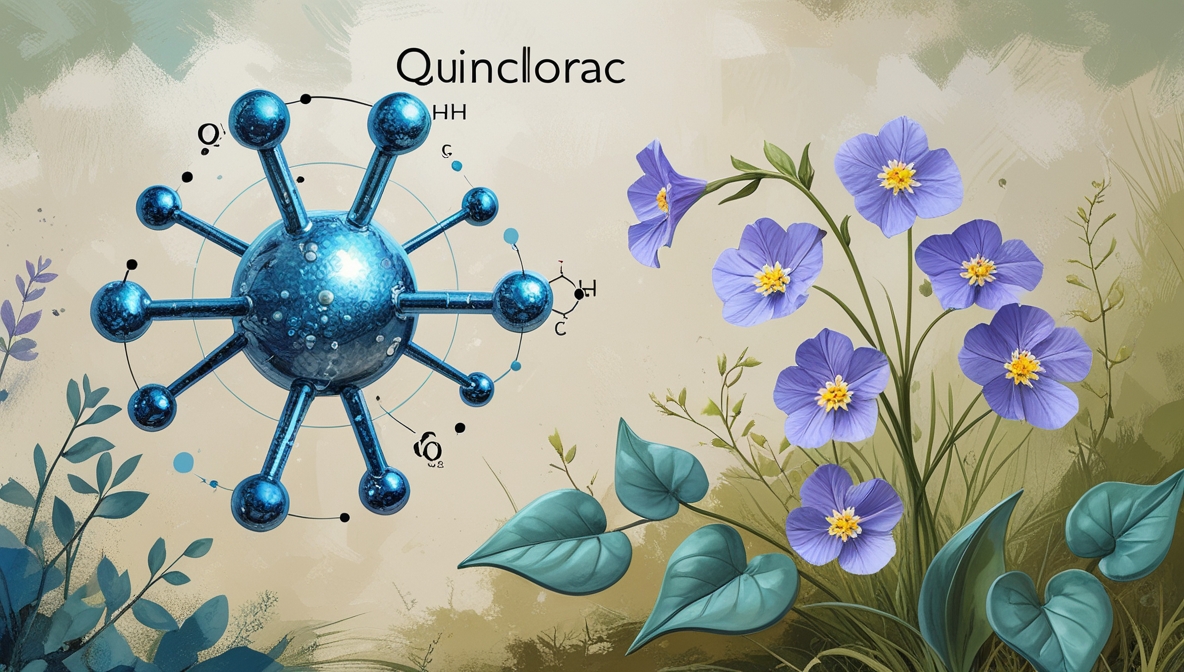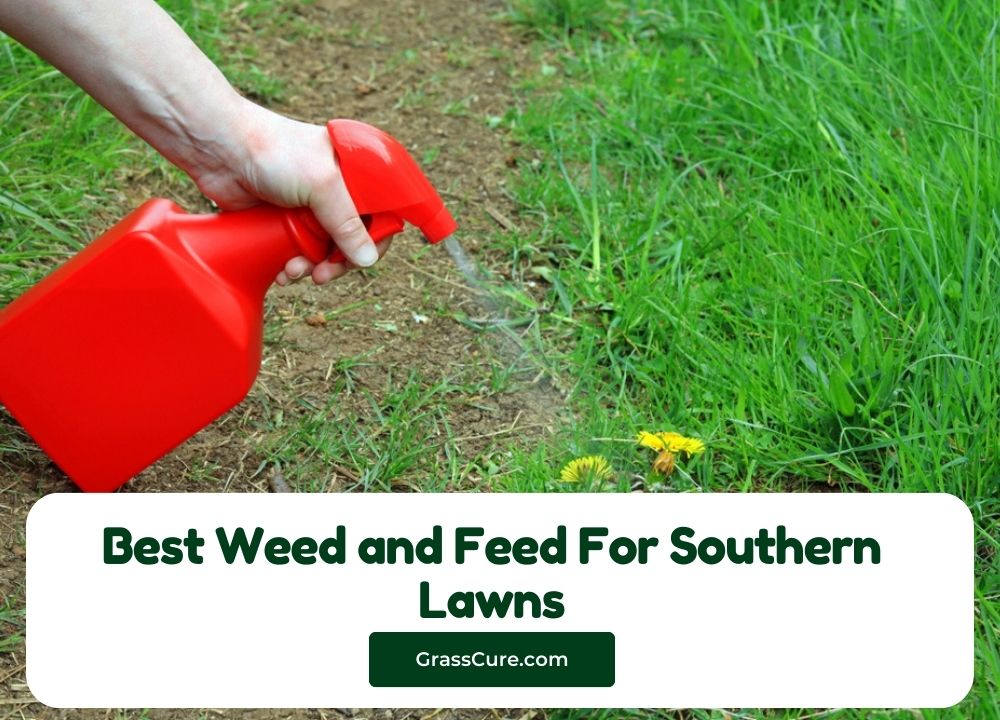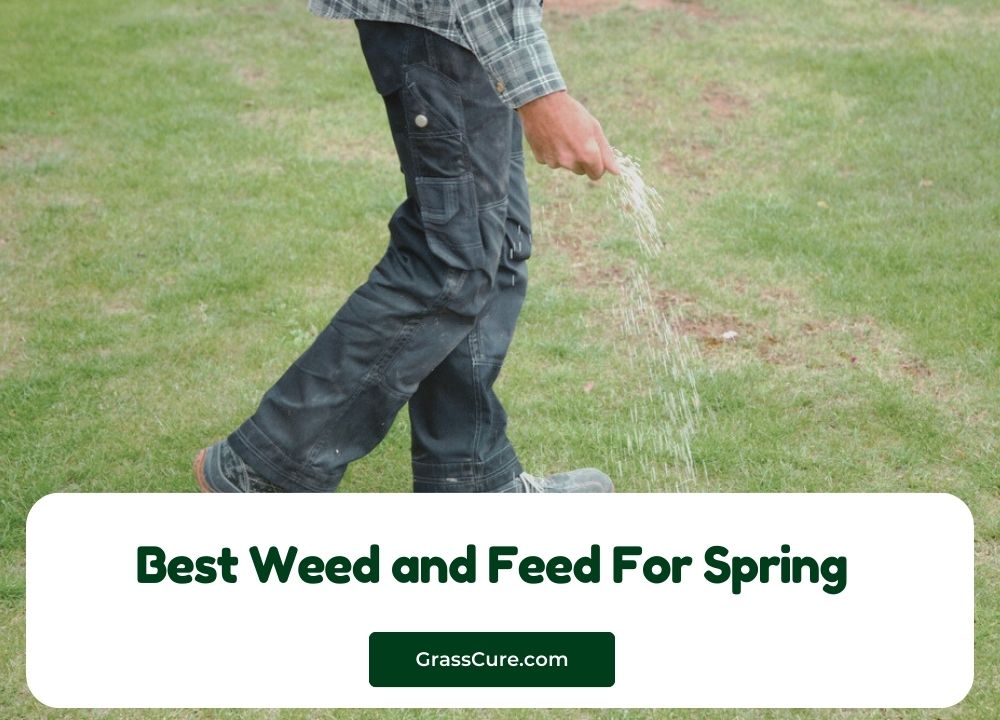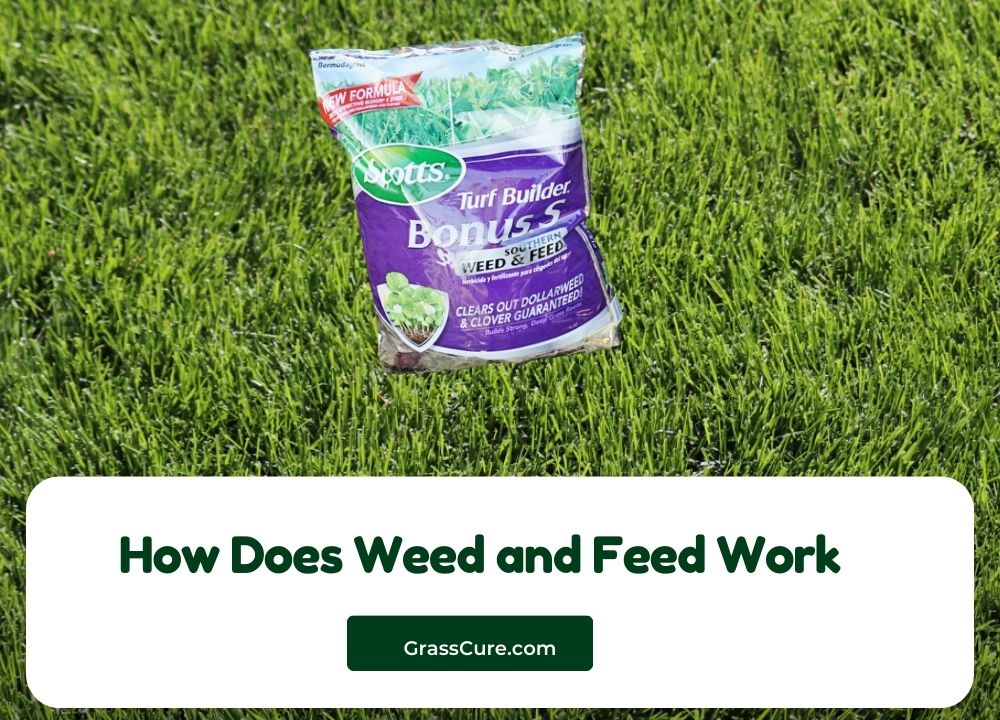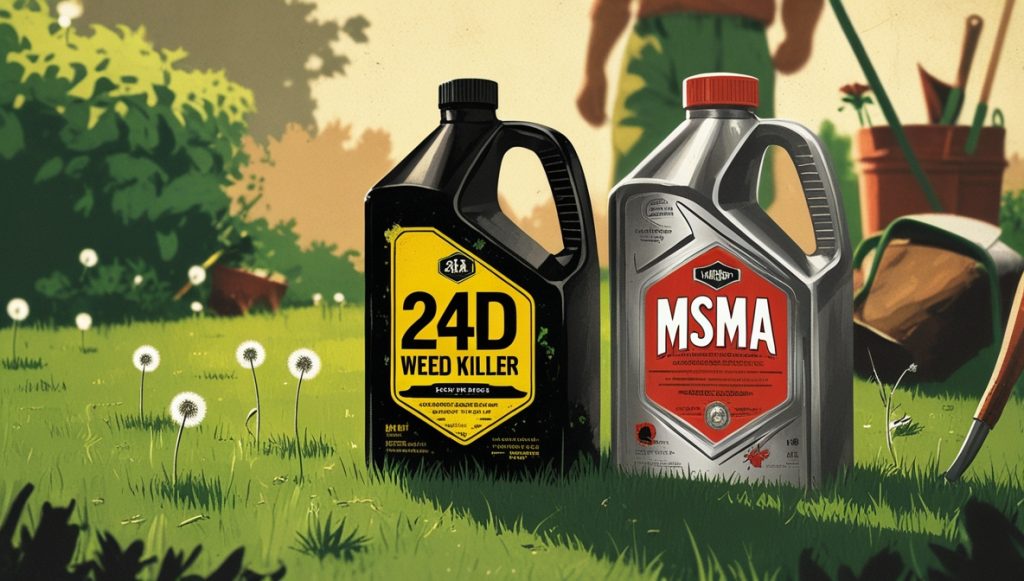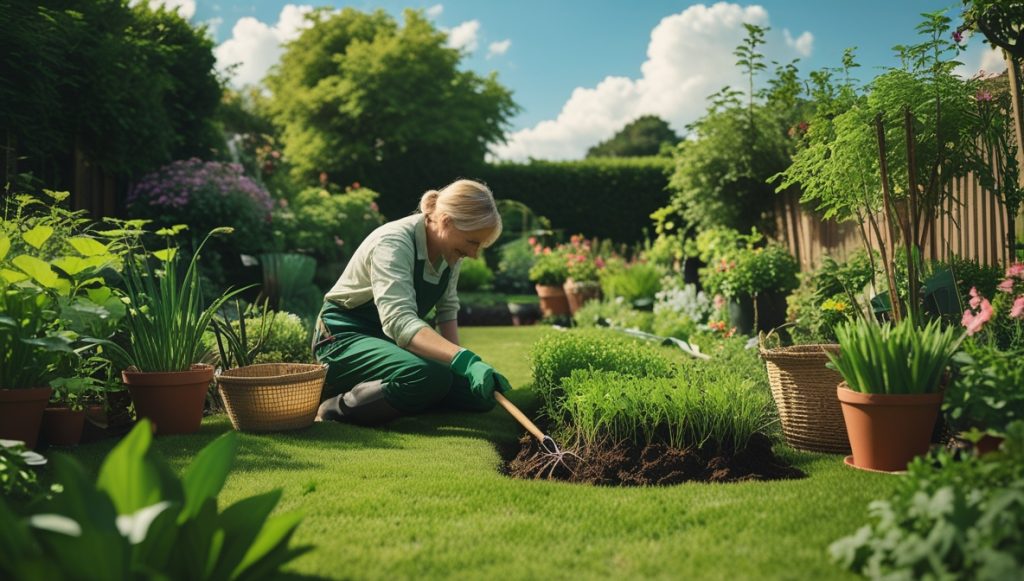Wild violets, a common weed in lawns and gardens, can quickly spread and dominate desirable plantings. Effective control often necessitates the use of herbicides, and quinclorac is a frequently employed option. This article provides an overview of quinclorac’s effectiveness against wild violets, including identification tips, application strategies, and expected results. Understanding these factors is crucial for achieving successful weed control without harming surrounding vegetation.
Contents
Quinclorac and Wild Violet Control
Quinclorac is a selective herbicide primarily used for controlling broadleaf weeds, including many species of violets. Its mode of action targets specific biochemical pathways within the plant, disrupting its growth and development. This targeted approach is intended to minimize harm to desirable plants when applied correctly. The effectiveness of quinclorac against wild violets varies depending on factors like plant size, stage of growth, and environmental conditions.
While quinclorac can provide effective control, complete eradication might require multiple applications, particularly for established or dense infestations. The chemical may not be effective against all varieties of wild violets, and individual responses can differ. Some violets may exhibit resistance over time, so consistent monitoring and adjustments to application strategies may be necessary. The use of quinclorac should always follow the manufacturer’s instructions.
Proper application and timing are crucial for maximizing the control of wild violets. The specific application method might vary depending on the formulation, but general principles often involve targeted spraying on the foliage. The timing of application often overlaps with periods of active growth to optimize uptake. Failure to adhere to labeled instructions can lead to reduced efficacy or unintended consequences.
The use of quinclorac is often part of a broader weed management strategy. Combining it with other cultural practices, such as proper soil preparation and fertilization, can enhance overall results. Such a holistic approach helps create a healthier environment less susceptible to unwanted weeds. Regular monitoring of treated areas is essential for ensuring the desired level of control is achieved.
Identifying Wild Violets
Wild violets are easily recognized by their distinctive heart-shaped leaves and characteristic flower structures. The flowers often display a beautiful array of colors, including purple, blue, yellow, or white. The leaves typically have a velvety texture and are often arranged in a basal rosette. Proper identification is crucial to ensure the targeted application of herbicides.
Distinguishing wild violets from other similar-looking plants is essential for effective weed control. Other flowering plants, such as pansies or violas, share certain visual characteristics. Careful observation of leaf shape, flower color, and overall plant structure can help avoid misidentification. Consulting reliable plant identification resources can further enhance accuracy.
The various species of wild violets can exhibit variations in size and leaf morphology. Some species have more upright growth habits while others are more sprawling. These differences can affect the most effective application strategies. Recognizing these distinctions can assist in better targeting the weed with the correct herbicide.
Proper understanding of the specific wild violet species growing in the area is essential. Different species can have varying levels of tolerance to different herbicides. Knowing the specific species present is critical to choosing the most effective control method. Researching the specific wild violet types in a particular location can contribute to optimizing treatment outcomes.
Applying Quinclorac Effectively
Following the manufacturer’s instructions is paramount when applying quinclorac. This includes using the correct dosage, application method, and safety precautions. Adhering to these guidelines is crucial to ensure the herbicide’s effectiveness and prevent environmental damage or harm to non-target plants. Protective gear, such as gloves and eye protection, should always be worn.
Careful consideration of the surrounding environment is essential when applying quinclorac. Avoid spraying during windy conditions, as this can lead to drift and affect nearby desirable plants. The choice of application method—e.g., backpack sprayer or ground-based sprayer—should be selected based on the scale of the infestation and the size of the area being treated. Ensuring proper equipment calibration can significantly improve the results.
Careful attention should be paid to the weather conditions. Applying quinclorac during periods of high heat or prolonged dryness can impact its effectiveness and increase the potential for damage to desirable plants. Consider applying on a calm day, with appropriate moisture levels in the soil. Monitoring weather forecasts before and during application is crucial.
Maintaining proper dilution rates of the herbicide is crucial for optimal results. Incorrect dilution can negatively impact efficacy and potentially damage surrounding vegetation. Using calibrated spray equipment and adhering to the recommended dilutions is essential for effective and safe application. Conducting a test spray on a small, inconspicuous area beforehand can help assess the herbicide’s impact on desirable vegetation.
Evaluating Quinclorac’s Performance
Monitoring the treated area for signs of wild violet regrowth is essential after application. This includes observing the health of treated plants and the presence of any new shoots. Diligent observation is key to understanding the herbicide’s impact.
Evaluating the effectiveness of quinclorac involves visual assessment of the treated area over time. Compare the treated area with untreated areas. This helps gauge the herbicide’s effectiveness in controlling the target weed. Note any changes in the growth or health of desirable plants in the treated zone.
The time needed for complete control of wild violets can vary. Multiple applications might be necessary, especially for a dense or established infestation. Patience and regular monitoring are essential to gauge the herbicide’s progress. Consider the environmental factors that might influence the results.
A comprehensive evaluation should involve both visual observations and data collection. Tracking the number of surviving wild violet plants and the overall health of the treated area provides valuable information. This data can inform future application strategies and help assess the long-term effectiveness of quinclorac against wild violets.
Ultimately, successful wild violet control with quinclorac relies on careful identification, precise application, and consistent monitoring. By understanding the nature of the weed, the herbicide’s properties, and the environment, gardeners can increase the chances of a successful outcome. However, remember that complete eradication might require multiple applications and adjustments to the strategy. Consult with local agricultural experts for tailored advice based on specific conditions.
